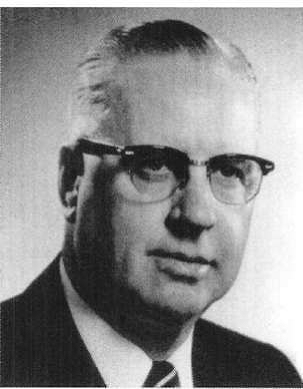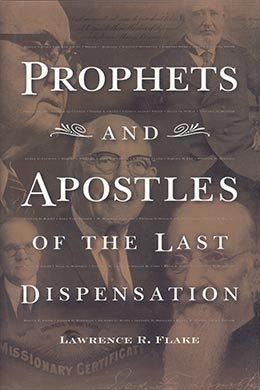Henry Thorpe Beal Isaacson
Lawrence R. Flake, Prophets and Apostles of the Last Dispensation (Provo, UT: Religious Studies Center, Brigham Young University, 2001), 297–99.

Born: 6 September 1898, Ephraim, Utah
Second counselor to presiding bishop LeGrand Richards: 12 December 1946
First counselor to presiding bishop Joseph L. Wirthlin: 6 April 1952
Assistant to the Quorum of the Twelve: 30 September 1961
Additional counselor to President David O. McKay: 28 October 1965 (age 67)
Assistant to the Quorum of the Twelve: 23 January 1970
Died: 9 November 1970 (age 72), Salt Lake City, Utah
One day Thorpe B. Isaacson, whose young son, a victim of polio, was confined to an iron lung, called on his friend Presiding Bishop LeGrand Richards and asked if they might pray together in the boy’s behalf. During the father’s prayer, Bishop Richards heard this faithful man promise the Lord that if he would spare his son, he would do anything to serve him. The boy’s life was preserved and not long afterward, Brother Isaacson had the opportunity to make good his commitment, for Bishop Richards was inspired to present his name to the First Presidency as his choice for second counselor in the Presiding Bishopric. Brother Isaacson readily accepted the call and willingly relinquished his prosperous position as a life insurance executive. He had spent years building up a continuing income, which he was willing to forfeit if his company would not allow him to maintain his agency in absence. The name of Thorpe B. Isaacson is engraved in the limestone walls of the Fort Wayne, Indiana, office of the company he represented, whose leaders selected him as their most outstanding life insurance agent.
Brother Isaacson entered the service of the Lord with a long and impressive list of accomplishments. He studied at Snow Academy (now Snow College), Brigham Young University, Utah Agricultural College (now Utah State University), and the University of California, Berkeley, and the University of Southern California. Students in Utah and Idaho profited from his efforts as he held numerous positions as a coach, teacher, and principal. He also gave invaluable service to higher education as vice president of the Brigham Young University Board of Trustees, a member of the Board of Regents for the University of Utah, and seven terms as president of the Utah State University Board of Trustees. Among his many civic contributions were serving as an officer of the Utah Symphony, as a consultant to the United States Commissioner of Education, and as inspector of foreign aid, in which capacity he visited France, Italy, Israel, Lebanon, Turkey, and Iran. Still finding time to hold many Church positions, he used his superior executive powers as chairman of the Church Historical Sites Committee and vice president of the Church Board of Education. Brother Isaacson never returned to his life insurance agency, for when Bishop LeGrand Richards was called to the Quorum of Twelve in 1952, the new Presiding Bishop Joseph L. Wirthlin made Thorpe B. Isaacson his first counselor. In 1961 Bishop Isaacson was set apart as an additional counselor in the First Presidency under President David O. McKay. One of his greatest contributions as a general authority was made at his own request—he wanted to work with the adult Aaronic Priesthood holders. This he did, encouraging and inspiring countless numbers of them and innovating successful programs for their benefit.
Death came as a blessing to Elder Isaacson in November 1970, as he had been suffering from the ill effects of a serious stroke for some time. He never lost his great interest in the work of the Lord and nobly enacted the counsel he always gave his own sons: “If there is any work that has to be left undone, it must not be the work of the Church.” [1]
Notes
[1] “Thorpe B. Isaacson: 1898–1970,” Improvement Era, December 1970, 13. See also “Thorpe B. Isaacson: Of the First Presidency,” Improvement Era, November 1966, 988; “Joseph Fielding Smith, Thorpe B. Isaacson, Appointed to First Presidency,” Improvement Era, December 1965, 1078–81.
